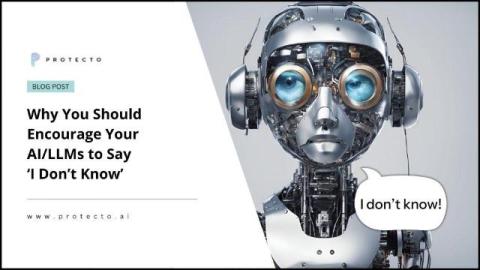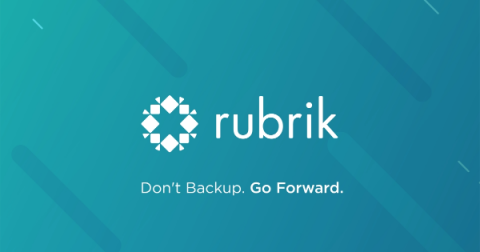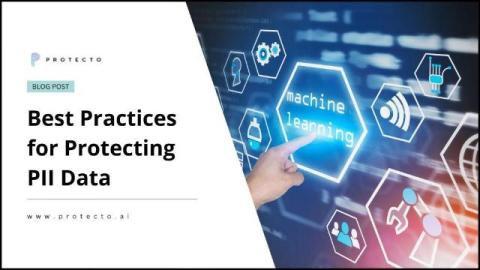Threat Context monthly: Executive intelligence briefing for August 2024
Welcome to the Threat Context monthly blog series where we provide a comprehensive roundup of the most relevant cybersecurity news and threat information from KrakenLabs, Outpost24’s cyber Threat Intelligence team. Here’s what you need to know from August.











